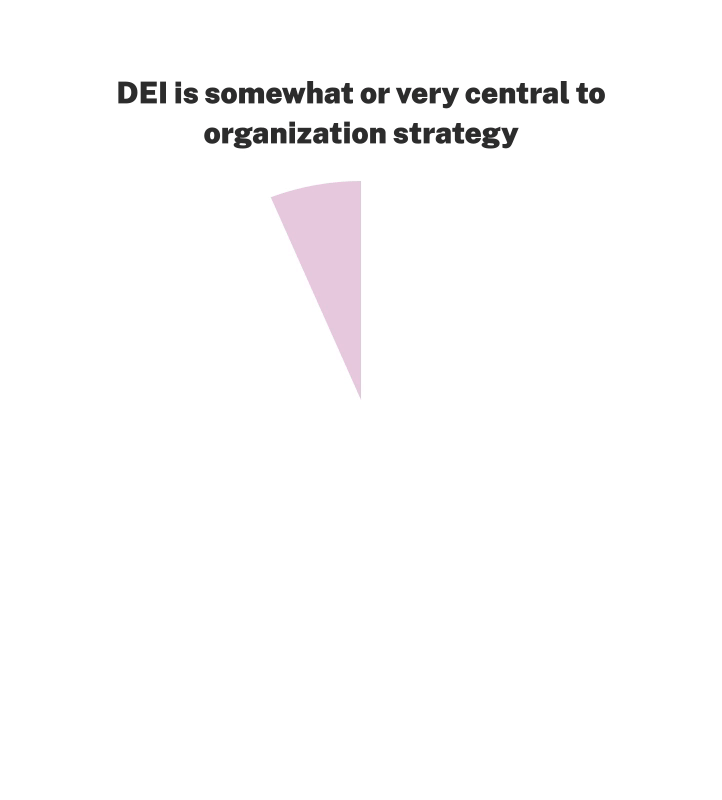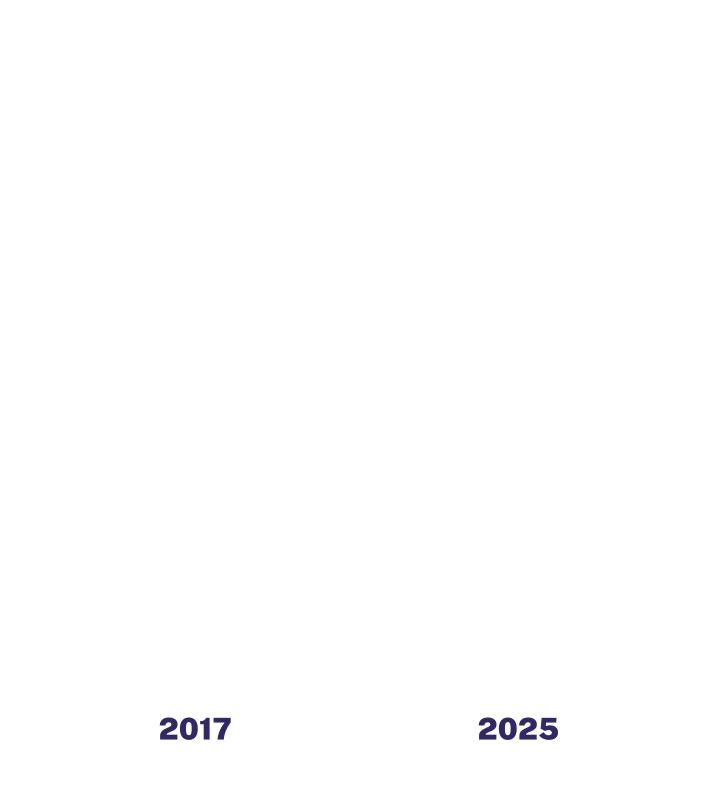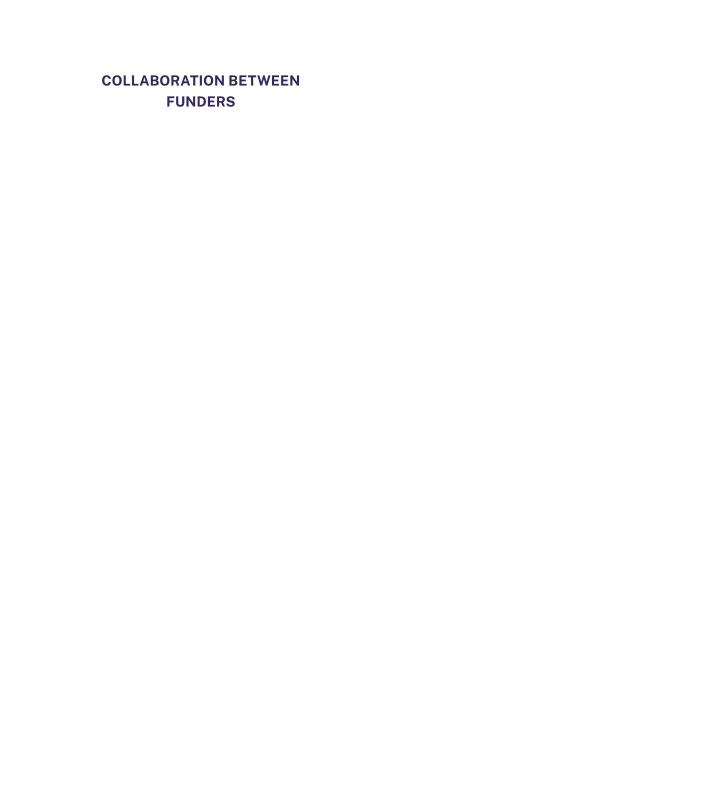2025 National Study of Philanthropic Practice
Since 2008, Grantmakers for Effective Organizations has tracked trends in effective grantmaking practices through its national field study. The 2025 National Study of Philanthropic Practice — the only survey about philanthropic practice sent to all staffed foundations in the U.S. — draws on responses from 765 grantmakers to highlight where philanthropy is making progress and where gaps remain.
Highlights
Racial Equity in Philanthropic Practice
Equity is central to grantmaking strategy.
74 percent of grantmakers reported that diversity, equity and inclusion are somewhat or very central to their organization’s strategy, compared with 45 percent reporting the concept as central or essential in 2017.
Highlights
Community-Driven Philanthropy
Grantmakers are shifting power through participatory grantmaking.
42 percent of grantmakers engage in participatory grantmaking, with higher rates among those that consider diversity, equity and inclusion very central to their work.
Highlights
Flexible, Reliable Funding
Multiyear funding is gaining momentum.
Multiyear support is now provided by 87 percent of grantmakers, up from 79 percent in 2014 and 2017.
Highlights
Flexible, Reliable Funding
Flexible funding is catching on.
Median general operating support has climbed to 38 percent of grantmaking budgets, after nearly two decades at 20 percent.
Highlights
Flexible, Reliable Funding
The 5 percent payout is no longer the floor.
More than half of endowed foundations spend above 5 percent, with 43 percent paying out between 5 to 7 percent and 12 percent paying more than 7 percent annually.
Highlights
Capacity Building
Capacity-building support is slipping.
In 2025, 77 percent of grantmakers provide capacity-building support, down from 86 percent in 2017, even as nonprofits face escalating strain.
Highlights
Learning and Evaluation
Most grantmakers evaluate their initiatives, programs or strategies.
96 percent of grantmakers indicated they evaluate “occasionally”, “sometimes” or “often.” This is a significant rise since the last study in 2017 where only 77 percent of grantmakers evaluated their work.
Highlights
Learning and Evaluation
Evaluation requirements are outpacing support.
Most funders (80 percent) require grantees to conduct evaluations, but 38 percent do not provide funding for evaluations — leaving nonprofits to absorb costs.
Highlights
Collaboration
Grantmakers collaborate within and across sectors in equal measure.
More than half of grantmakers (57 percent) often work with other funders and 55 percent work with public or private sector partners to collaboratively advance a shared vision.








